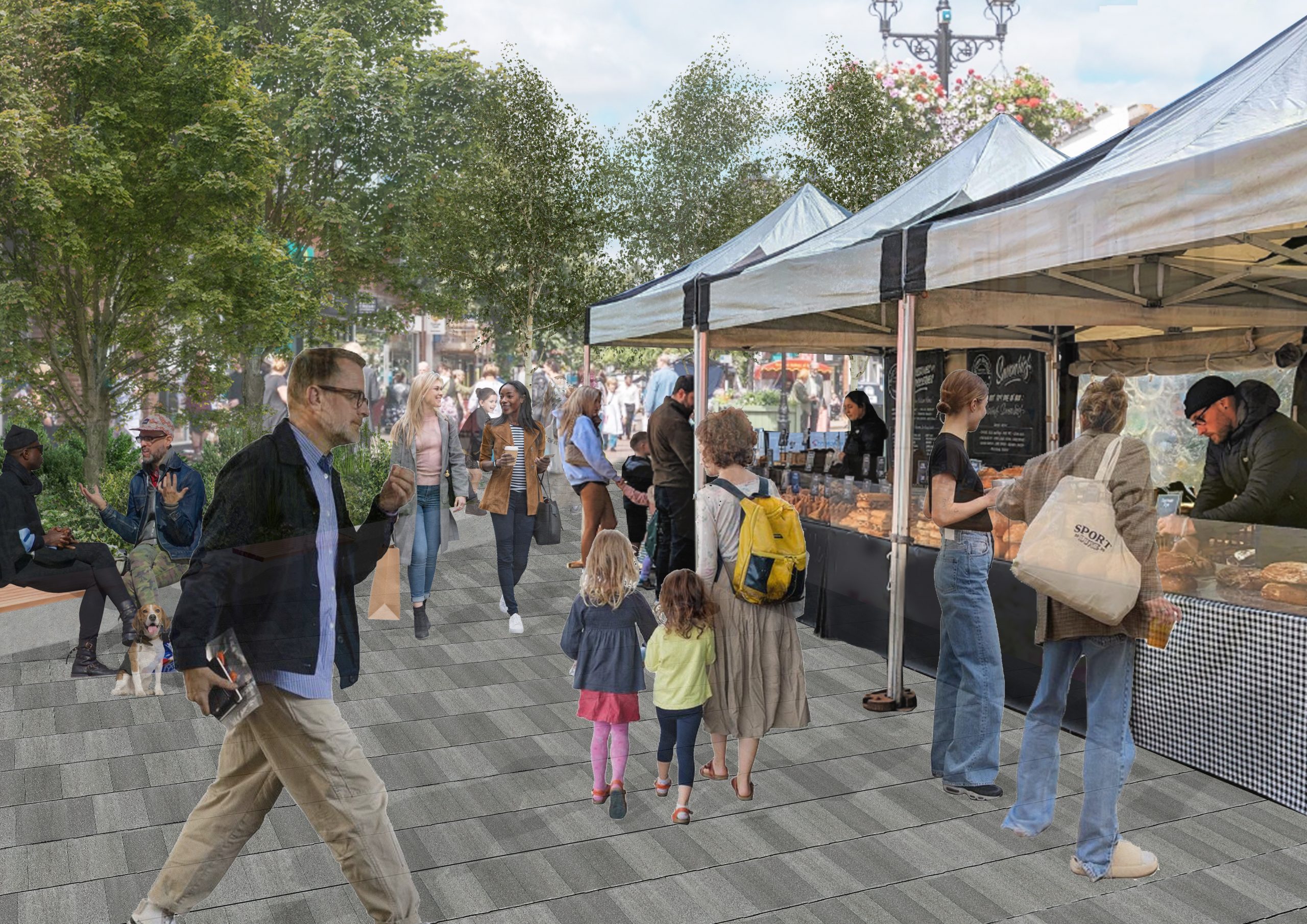
Recent policy levers and interventions have helped offset rises in unemployment in cities like Edinburgh. However, as we move slowly towards economic recovery, the labour market is now a far worse place for many young people, women, and people from ethnic minorities than it was 12 months ago.
Employees and job seekers face precarious employment or even unemployment, and many businesses experience financial uncertainty, rising costs and closure.
Post pandemic, we have also witnessed changes in socio-economic behaviours, for example the rise of home working, blended learning, and the exponential growth of online services. Therefore, we need to consider not only innovation and change in terms of physical infrastructure and assets, but we also need to look at creating new workplaces that reflect the changes we have seen in terms of the future needs of businesses and the expectations of workers.
Whilst the concept of social infrastructure is not a new one, it is gaining increasing awareness and importance as a key component in delivering inclusive and sustainable economic growth.
As early as 2011, the Scottish Cities Alliance (a collaboration of the leaders and chief executives of Scotland’s cities) recognised the need for “social cities” to address the challenges of inequality, diversity, and inclusion, aligning proposed city infrastructure investment with social returns or dividends in terms of the impact on jobs, education, training, wellbeing, and the environment. More than a decade on, we now need to turn that understanding into action.
In many boardrooms, it is known as ESG (environment, social and governance) impact investment, and it provides a strategic pathway to consider how we need to link the drive for national growth, productivity and capital investment with the needs and challenges of local communities and civic society.
We often hear the language of co-location, co-creation and co-production used by policy makers and politicians to describe how we can best work together to drive change and stimulate innovation. However, we also need to learn from areas where this is already happening, where we already have communities of interest working together, not only imagining how we can build back better, but also in moving forward with plans and actions to make it happen.
One example of such a vision is Elements in the west of Edinburgh, reimagining the use of a 74-acre brownfield site with the aim of creating a new international digital quarter for Scotland. It would involve the creation of a new urban park, with a focus on the wellbeing of residents and workers alike, in a business campus which supports and nurtures sustainable businesses. Elements has at its core the principles of social inclusion: these social values form the foundation on which we plan to build physical infrastructure, including much-needed housing, and create business opportunity and growth. Accessible to all, we plan to work with partners to help create a social infrastructure, embedding social inclusion principles in our plans from the outset, and working with public and private partners who share our values and vision.
We have big ambitions and a unique approach: we believe Elements can not only help change how we achieve inclusive, sustainable economic growth and improve productivity in Scotland but, most importantly, how we can set a new standard for the private sector in our contribution to the parallel development of social and physical infrastructure that helps address inequality and inclusion within our communities.
Dr Lesley Sawers is a non executive director of Crosswind Developments
This article first appeared in The Scotsman 6th March 2023



